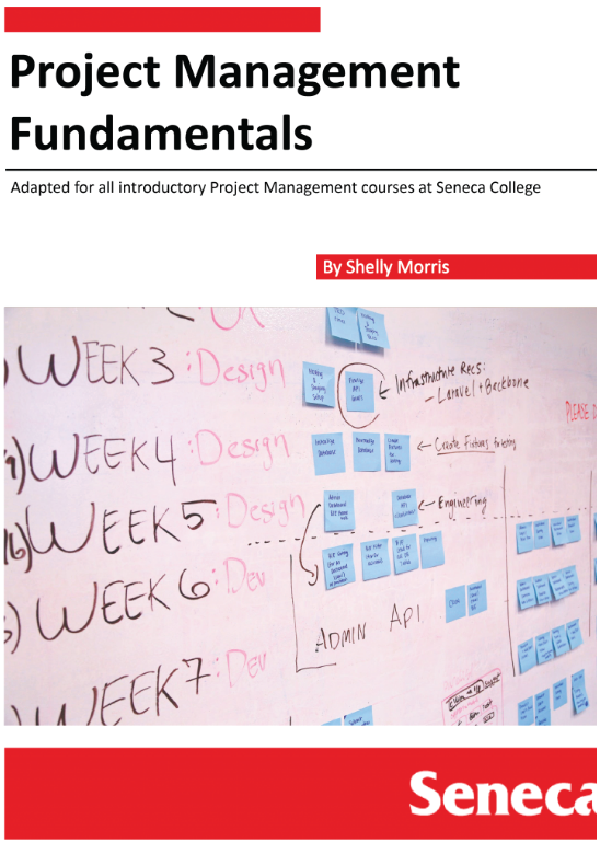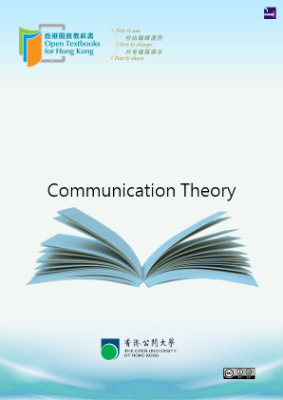Management is about achieving results through people. This involves the processes of planning, organizing, and directing the activities of employees, in combination with other resources, to accomplish organizational goals. Understanding the fundamentals of managing and leading people is an important place to begin the study of project management.
Depending on the nature of the organization and the industry in which it operates, managerial responsibilities can vary widely. However, general managerial responsibilities typically include long-range planning, environmental scanning, supervision, coordination, customer relations, community relations, internal consulting, and monitoring of products and services. As seen in Exhibit 1.1, these responsibilities are best viewed by considering the three major types of roles managers play within organizations: 1) informational, 2) interpersonal, and 3) decisional roles.
The extent of each of these roles depends on the manager’s position within the organizational hierarchy. As shown in Exhibit 1.2, different skills (conceptual, human, and technical) are required for different levels of the managerial hierarchy. Success in executive positions requires far more conceptual skills and less use of technical skills in most (but not all) situations. In contrast, first-line managers generally require more technical skills and fewer conceptual skills. Lastly, middle managers may require to be well-rounded in all three skills. Note, however, that human relations skills, or “people skills,” remain important for success at all three levels in the hierarchy.
In addition, the extent of the roles also varies by department and function. Significant differences can be found in accounting, human resources, manufacturing, and sales, just to name a few. A key differentiator is the emphasis of each role. For instance, managers in the accounting function spend little time, if any, resolving customer service issues. However, managers in the sales, marketing, and service functions spend a considerable amount of their time ensuring those issues are effectively and efficiently resolved.
A lot has changed in the field of management. 21st-century managers differ from their predecessors in four key ways. They have become global strategists, masters of technology, good internal/external advocates, and premier leaders-motivators.
The focus in this text is on the role of the project, program, and/or portfolio manager. The unique emphasis of these roles naturally leads to a discussion of what a project, program, and/or portfolio are and why a focused emphasis on leading change is required. In addition, we will look at the unique technical and soft skills that successful project management professionals must possess.
A project is a temporary endeavour undertaken to create a unique product, service, or result.
Organizations often choose to manage a related group of projects in a coordinated way to obtain benefits and control unachievable by managing projects individually. When this occurs, it is known as program management.
As an organization grows and matures, change becomes necessary to its sustained viability. Understanding the drivers of a change is the first step in understanding how the project should be managed. Some changes are mandatory. This is often the case with changing legislation and regulations. Mandatory changes often have compliance deadlines and penalties for non-compliance. Operational changes seek to address deficiencies in the day-to-day operations of an organization and can involve repairing or replacing equipment and facilities. Lastly, strategic changes are optional but once pursued, help take the organization to the next level of performance in the marketplace.
Regardless of the underlying driver(s) for a project, all projects have unique objectives. These unique objectives lead to specific and measurable time, as well as cost and performance requirements. Projects end when their objectives have been met, as well as when they are no longer desirable and/or achievable. In contrast, operational work is not temporary. Operational activities are ongoing and are performed to sustain the organization. The daily processing of sales transactions is a good example of an operational activity. In contrast, replacing the system that processes daily sales transactions is a project.











